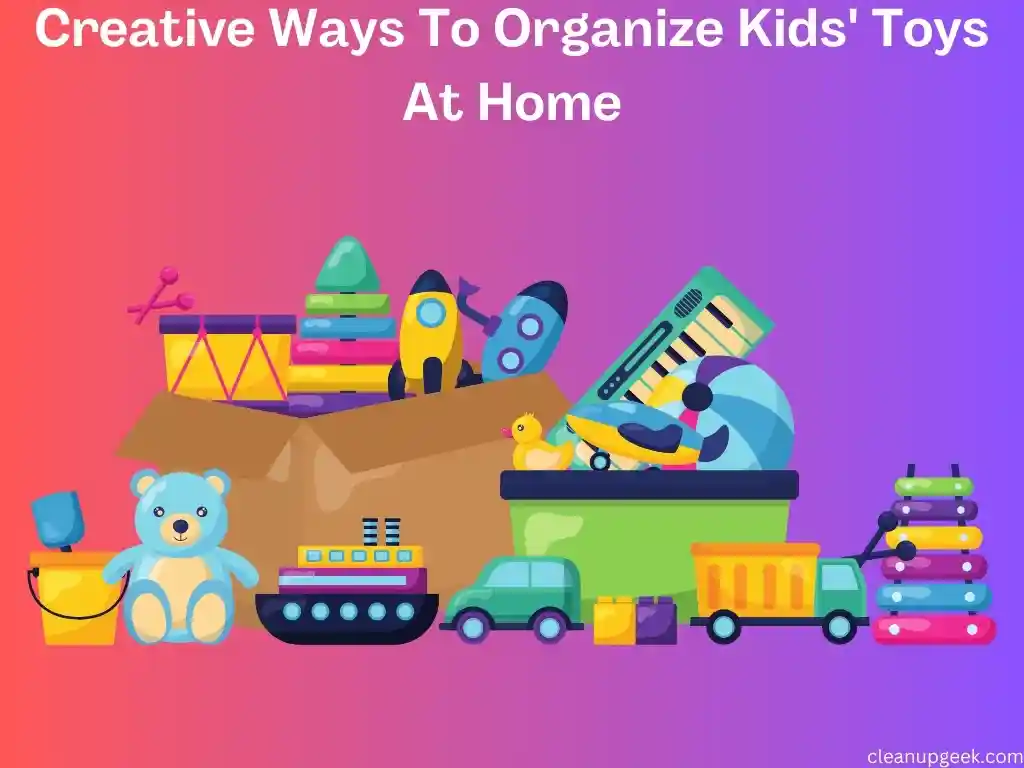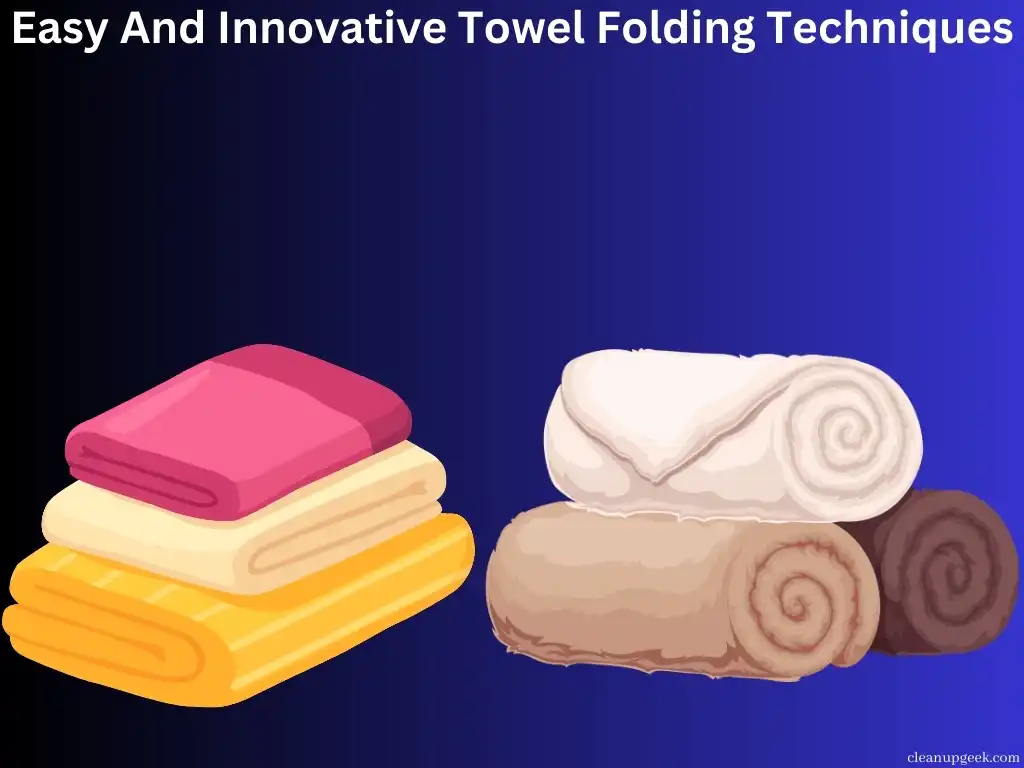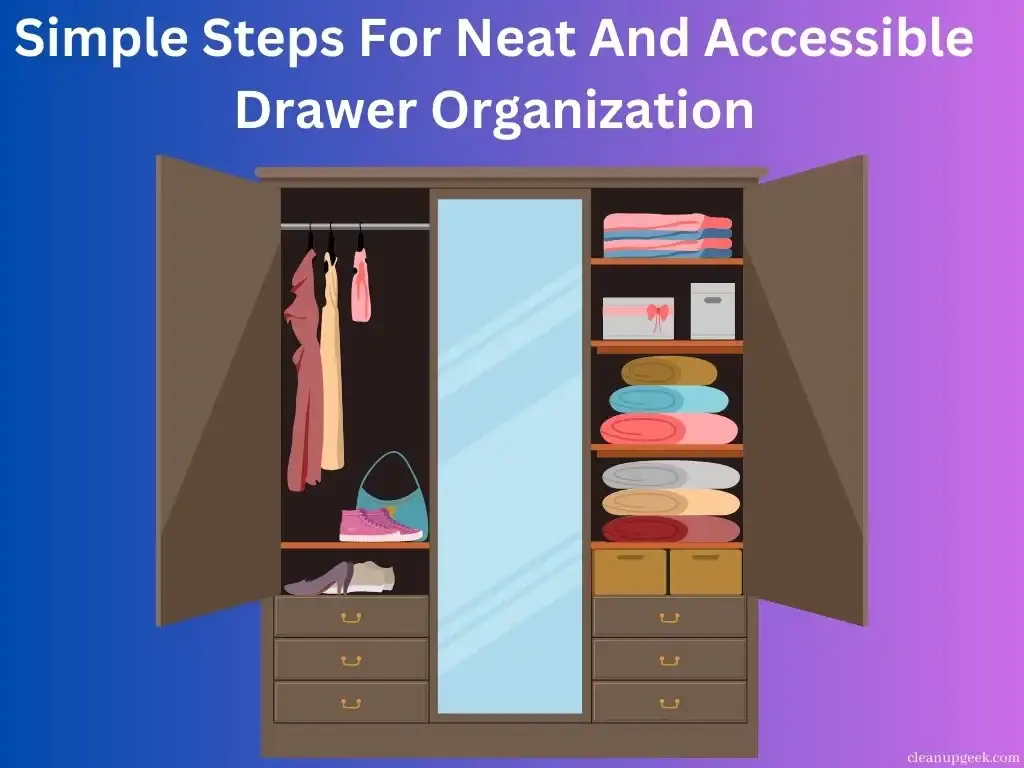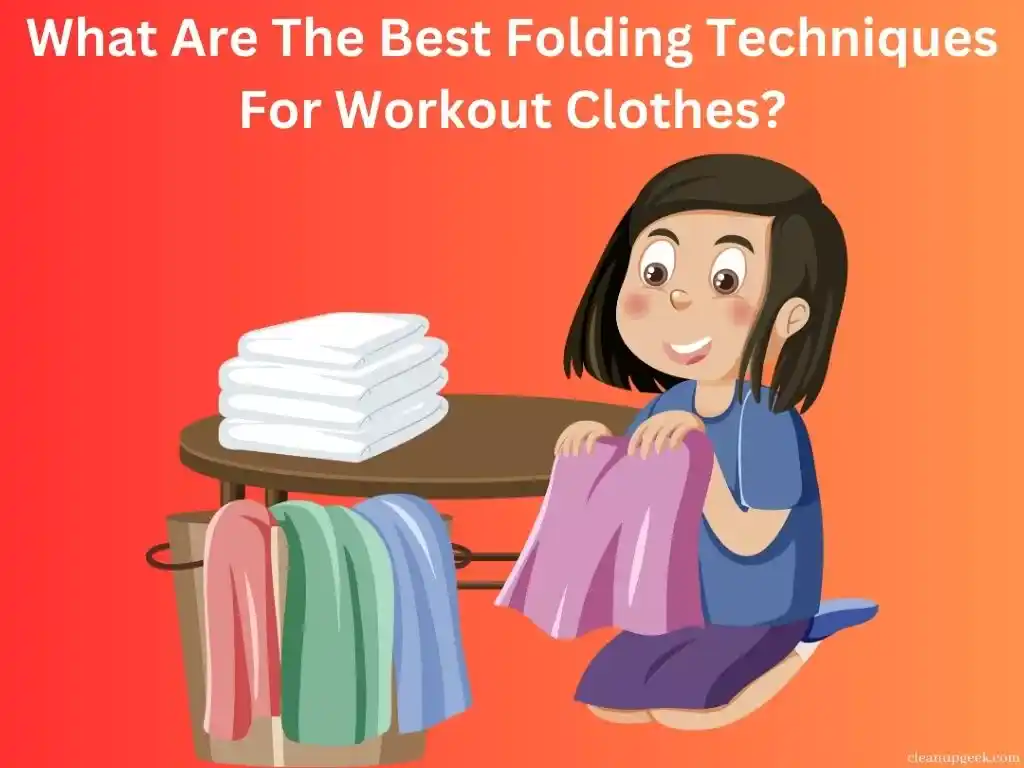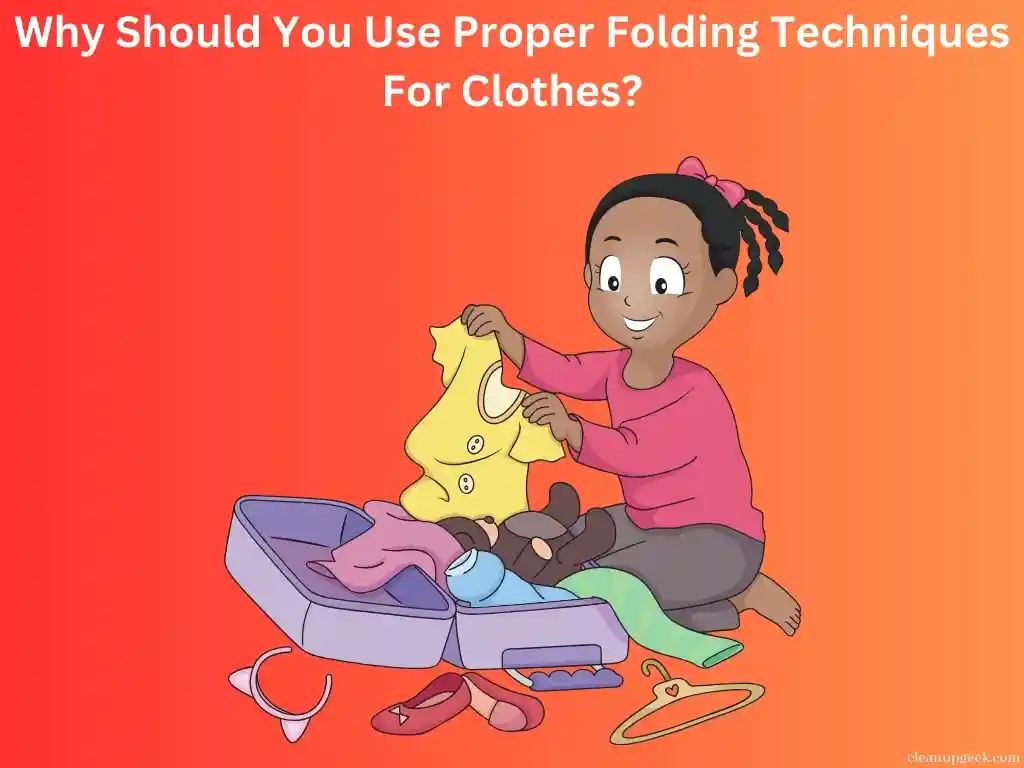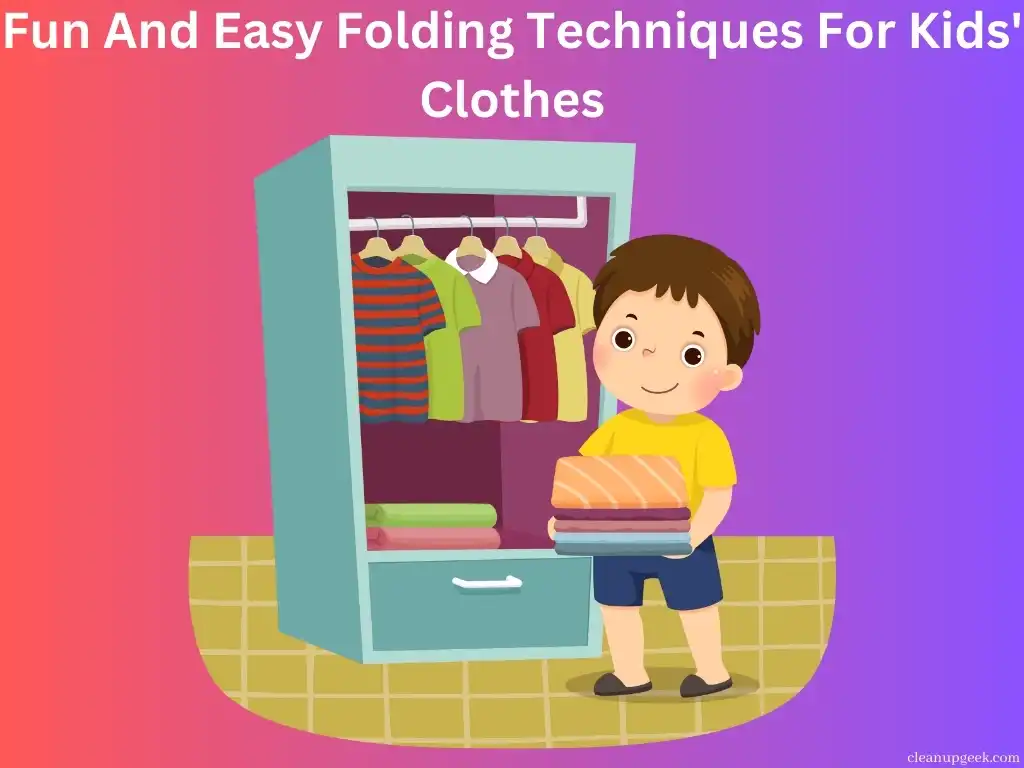Are you tripping over toys every time you step into a room? A cluttered play area can overwhelm both kids and parents alike. This blog will unveil creative and practical ways to keep those toys neatly organized, making your life a little less chaotic.
Get inspired and take control!
KEY INFORMATION
- Use shelves, bins, and baskets to sort toys in different areas of the home, like bedrooms and playrooms.
- Repurpose furniture for toy storage, like turning old dressers into organizers or cribs into bookshelves.
- Label containers with words or pictures to make clean-up easy for kids; use color coding for fun sorting.
- Involve kids in decluttering and deciding what stays or goes—this teaches them responsibility.
- Regularly change out toys to keep things fresh; donate toys your child doesn’t use anymore.
The Importance of Toy Organization
Toy organization is crucial for both parents and children, as it creates a safe and functional play environment. An organized play space also promotes creativity, and independence, and teaches kids responsibility.
Why it matters for parents and children
Keeping kids’ toys in order makes life easier for parents and more fun for children. It turns cleaning up into a game and helps everyone know where to find each toy. This means less time spent looking for missing pieces and more time playing! Plus, an organized space is safer because there are no toys on the floor to trip over.
When you sort out your child’s play area, they learn how to take care of their things. They also feel proud when they can put away their own toys. A clutter-free room is good for children’s minds too; it makes them calm and ready to learn new things.
Parents enjoy seeing their kids happy in a tidy space that looks great as well.
Benefits of having an organized play space
Having an organized play space at home offers numerous benefits for both parents and children:
- It creates a safe environment for kids to play without the risk of tripping over scattered toys or losing small parts.
- An organized play space promotes creativity and imagination in children by making it easier for them to find and access their toys.
- It reduces stress and frustration for parents when cleaning up, as each toy has its designated place.
- Organizing toys encourages responsibility in children as they learn to put their toys back in their proper places after playing.
Toy Storage Ideas for Different Spaces
Watch this tutorial
Title: Kid-Friendly Living Room Tour With Toy Storage and Organization Ideas
BY: Julie Khuu
Whether you’re tackling the bedroom, closets, living areas, or playrooms, there are plenty of creative toy storage solutions that can help keep clutter at bay and create a functional space for your little ones.
From under-bed storage to wall-mounted shelves, there are endless possibilities for organizing toys in every area of your home.
1. Bedrooms
Organizing toys in bedrooms can create a neat and functional space. Start by designating specific areas for different types of toys, like a shelf for books or a bin for stuffed animals.
Decluttering toys regularly avoids overcrowding and makes it easier to find items. Using clear containers helps in quickly identifying what’s inside, making clean-up time more efficient.
Utilize under-the-bed storage or hanging organizers to maximize space and keep the floor clear for playtime. Consider repurposing furniture like bookshelves with bins or adding hooks on the walls for easy access to favorite toys Keyword: toy storage solutions.
2. Closets
When organizing kids’ toys in closets, consider using clear containers or labeled bins to keep items visible and accessible. Utilize hanging organizers or over-the-door shoe holders to maximize vertical space and separate different types of toys.
Declutter regularly to maintain an organized closet, and rotating toys to keep the play area fresh and exciting for children. By repurposing closet spaces effectively with these storage solutions, you can create a clutter-free environment while optimizing the available space for kids’ toy organization.
3. Living areas
For living areas, consider using multi-purpose furniture with built-in storage to keep toys organized and easily accessible. Utilize ottomans with hidden compartments or coffee tables with drawers for storing toys discreetly yet conveniently within the living space.
Wall-mounted shelves can also provide a practical and visually appealing solution for toy organization in the living areas. Clear containers or baskets can be placed on these shelves for easy visibility and access to different types of toys.
By incorporating these storage solutions into your living areas, you can maintain a clutter-free environment while ensuring that children have quick access to their favorite toys when playing.
4. Playrooms
In playrooms, designating a specific spot for each type of toy can help keep the space organized and make it easier for children to find the toys they want. Consider using shelves, baskets, and labeled bins to store toys neatly while also making them accessible for kids to use.
To avoid clutter in playrooms, regularly decluttering and rotating toys can keep the space fresh and exciting for kids.
To maintain an organized play area, involving children in the organization process can also teach them valuable skills while ensuring they know where their toys belong. Moreover, repurposing furniture or using versatile storage solutions like clear containers and hanging organizers can maximize space while keeping playrooms tidy.
Creative Storage Solutions
Watch this tutorial
Title: 30 Best Toy Storage and Organization Ideas For Your Home!
Utilize shelves, baskets, and bins to keep toys organized and easily accessible, repurpose furniture for dual-purpose storage solutions, and incorporate color coding and labeling systems for a fun and efficient way to organize your kids’ toys.
To discover more creative ideas for toy organization that will help maintain a clutter-free play area, read on!
Using shelves, baskets, and bins
To organize kids’ toys at home, using shelves, baskets, and bins can help keep the play area tidy and accessible to children. Here are some practical ways to make use of these storage solutions:
- Arrange books and larger toys on sturdy shelves to create an organized display that is easy for kids to access.
- Utilize open baskets for storing soft toys or larger items that can be easily seen and accessed by children.
- Label bins with pictures or words to help children learn where specific toys belong, making clean-up time easier.
- Use stackable bins for small toys like building blocks or figurines, ensuring each type of toy has its designated space.
- Rotate the contents of the bins regularly to keep the play area fresh and exciting for the kids.
- Consider placing low shelves or baskets at child height to encourage independent playtime and tidying up.
- Opt for colorful and fun designs for your storage solutions to make organizing toys an engaging activity for kids.
- Ensure that all storage options are securely anchored to walls or surfaces to prevent accidents in high-traffic areas.
Repurposing furniture
You can creatively repurpose furniture to organize kids’ toys at home. For example:
- Use a bookshelf with adjustable shelves to store and display various-sized toys, making it easy for kids to access and put away their toys.
- Convert an old dresser into a colorful and functional storage unit by adding baskets or bins in each drawer to categorize different types of toys.
- Utilize a coffee table with hidden storage compartments to keep board games, puzzles, and larger toys out of sight when not in use.
- Turn an old entertainment center into a play kitchen or a dollhouse by painting and adding creative details, providing both storage and play opportunities.
- Repurpose an unused crib into a vertical storage unit by removing one side and attaching baskets or fabric bins along the slats to hold stuffed animals, dolls, or books.
- Transform wooden crates into rolling toy boxes by adding casters, making it easy for kids to transport their toys from room to room while keeping them organized.
- Reimagine an old filing cabinet as a sturdy and spacious storage solution for art supplies, coloring books, and craft materials.
Color coding and labeling
Color coding and labeling can help in organizing kids’ toys in a fun and practical way. Here are some ideas to consider:
- Use different colored bins or baskets for specific types of toys, such as red for cars and blue for dolls.
- Attach colorful labels to the storage containers, making it easier for both children and adults to identify where each toy belongs.
- Label shelves or cubbies with words or pictures corresponding to the types of toys that should be placed there.
- Create a color-coded system for toy categories, such as green for building blocks and yellow for art supplies.
- Encourage children to participate in the color coding and labeling process, making it an interactive and educational activity.
Tips for Maintaining an Organized Play Space
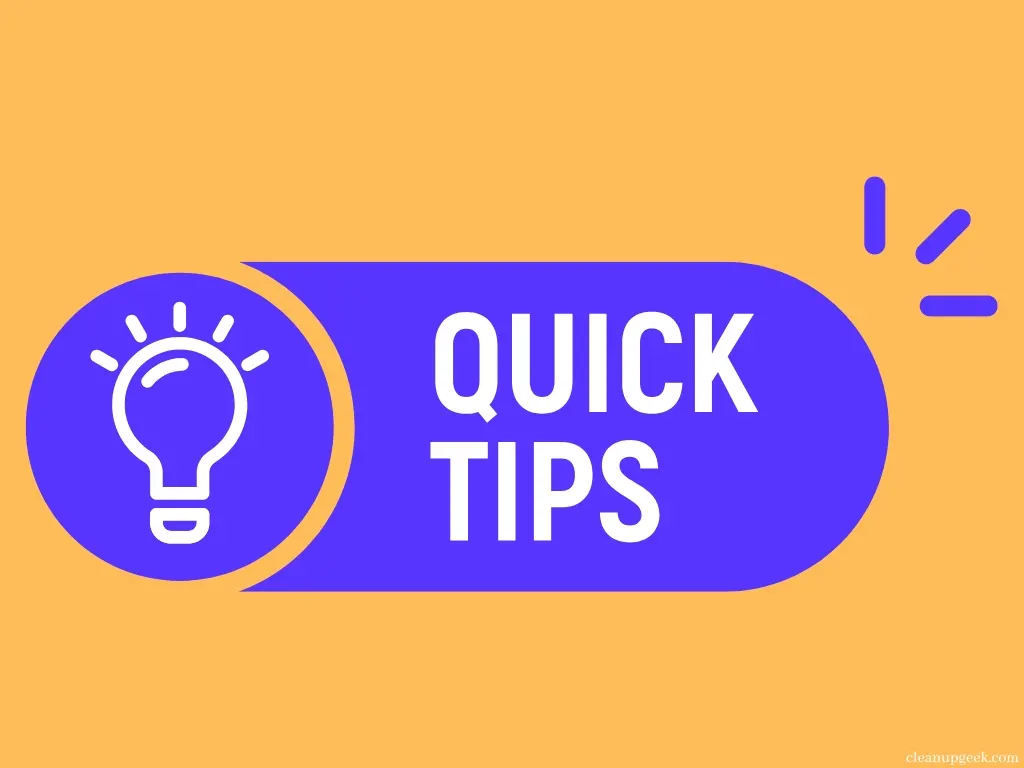
Involve your children in the organization process to teach them responsibility and keep the play space tidy. Regularly declutter and rotate toys to keep things fresh and prevent overwhelming clutter.
Involving children in the organization
Get your kids involved in organizing their toys. Start by designating specific areas for different types of toys, such as a shelf for books, a bin for stuffed animals, and another for building blocks.
Label each area with simple words or pictures so your little ones can easily understand where things belong. Encourage them to help sort and put away toys after playtime and make it fun by turning it into a game or race against the clock.
By involving children in the organization process, they learn valuable skills while also taking ownership of their space.
Encouraging kids to take part in tidying up fosters independence and teaches them responsibility from an early age. It’s important to create a system that is easy for them to follow so they can continue maintaining the organized play space even when you’re not around.
Regularly decluttering and rotating toys
Regularly decluttering and rotating toys is crucial for maintaining an organized play space for your kids. Here are some tips to help you keep the toy area neat and exciting:
- Declutter toys by donating or throwing away items that your children have outgrown or no longer play with. This helps in minimizing clutter and keeping the play area tidy.
- Rotate toys every few weeks by putting some away and bringing others out. This keeps the play area fresh and prevents children from getting bored with their toys.
- Involve your kids in the decluttering and rotation process to teach them about tidying up and making decisions about their belongings.
- Consider organizing a toy swap with friends or neighbors to introduce new toys without adding more clutter to your home.
- Use clear containers for storage so that kids can easily see what’s inside, making it simpler to find specific toys when they want to play with them.
- Encourage children to take responsibility for tidying up after themselves by making it a fun game or part of their daily routine.
- Keep an eye on the condition of the toys, discarding broken or damaged items promptly to avoid clutter and safety hazards.
Final Thoughts and Recommendations

Finding a toy organization system that works for your family is crucial in maintaining a clutter-free play space. Recommended storage products can help you achieve this, so consider investing in versatile and practical storage solutions to keep the toy chaos at bay.
Importance of finding a system that works for your family
Finding a system that works for your family is crucial when organizing kids’ toys at home. It’s important to consider the ages and interests of your children, as well as the available space in your home.
Decluttering and minimizing the number of toys can make it easier to maintain an organized play area, while also making it simpler for kids to find and put away their toys. Creating a system that aligns with your family’s lifestyle will not only help in keeping the space neat and clean but also ensure that both parents and children are happy with the organization of their playthings.
Recommended storage products
To keep your kids’ toys organized at home, consider using the following recommended storage products:
- Clear stackable storage bins: These are great for small toys like legos or action figures, as they allow easy visibility and can be stacked to save space.
- Hanging closet organizers: Perfect for storing stuffed animals and dolls, these organizers utilize vertical space and keep items easily accessible.
- Cube shelves with fabric bins: Ideal for books, board games, and larger toys, these shelves provide a versatile and stylish storage solution for different-sized items.
- Toy hammocks or nets: These are excellent for storing soft toys such as plushies and can be hung in corners to maximize space.
- Over-the-door shoe organizers: Repurpose these to store small toys or art supplies in clear pockets where kids can easily see and access them.
- Rolling under-bed storage containers: These are perfect for keeping larger toys out of sight but within reach while maximizing floor space.
- Multi-compartment caddies or trays: Useful for sorting and organizing smaller toys like figurines, building blocks, or art supplies in an easily transportable manner.
Conclusion and final thoughts
In conclusion, organizing kids’ toys at home is essential for a clutter-free and enjoyable play area. Using creative storage solutions like shelves, baskets, and bins can make the process fun and practical.
Remember to involve your children in the organization process and find a system that works best for your family’s needs. By decluttering, rotating toys, and utilizing space-saving ideas, you can create an organized and inviting environment for children to play in.
FAQs
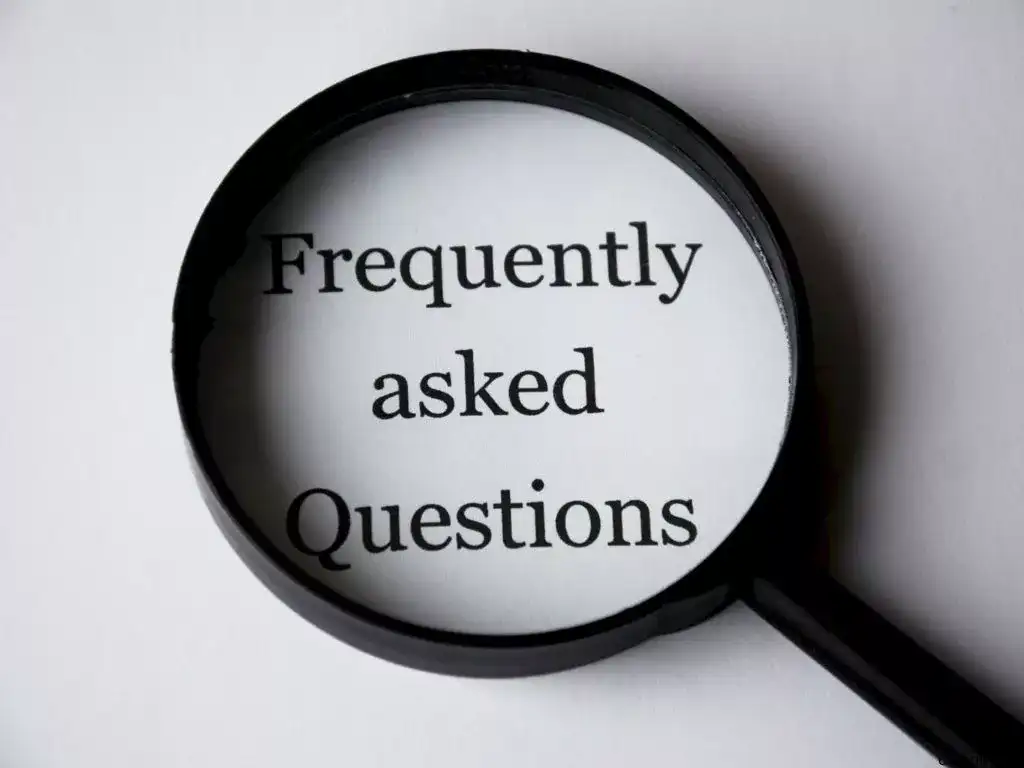
1. What are some creative ways to keep kids’ toys organized at home?
You can use DIY toy storage ideas, and clever toy organization systems, and turn small spaces into smart storage areas to keep your playroom tidy.
2. How do I make a clutter-free play area for my child?
Create a kid-friendly space by using creative toy organization hacks that help you declutter the room and organize children’s toys in an easy way.
3. Can I organize my toddler’s toys without buying new stuff?
Yes! You can try DIY toy organization methods like making bins from boxes or hanging baskets to store your toddler’s toys neatly.
4. Are there special toy organization systems for small rooms?
For small-space toy storage, look for furniture that has built-in compartments or shelves where you can sort and hide away toys easily.
5. How do I start organizing my child’s mess of toys?
Start by sorting through the toys with your child, then choose fun and clever toy storage solutions that fit everything in their place in their room or the playroom.
